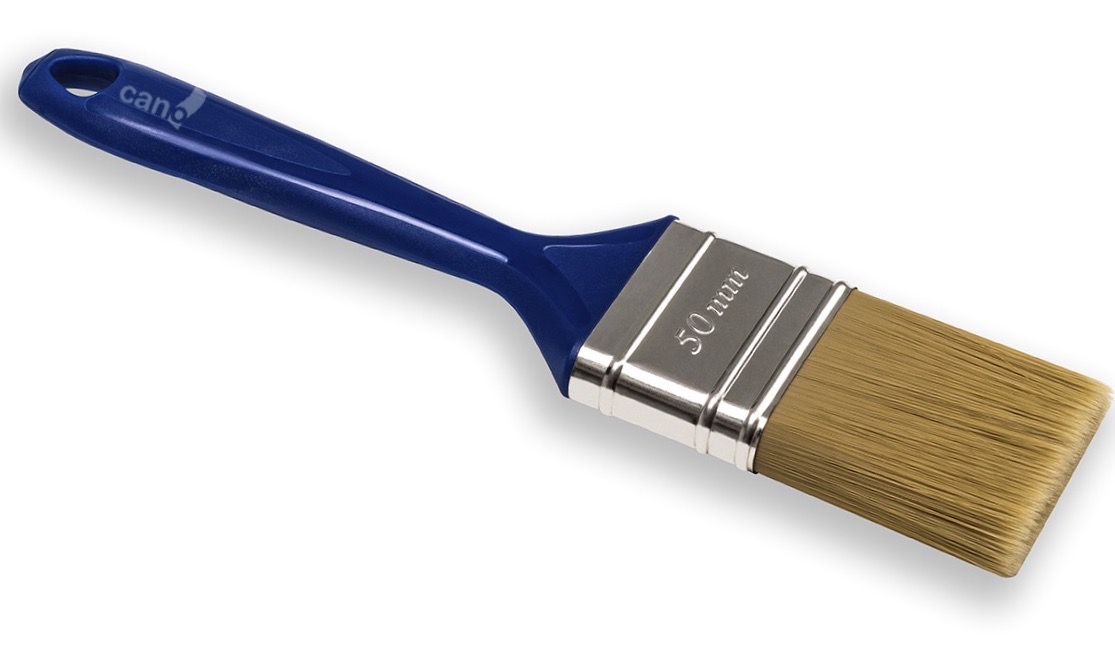
How to paint with a brush
How to Paint with a Brush
Painting with a brush is one of the most traditional and accessible ways to express artistic creativity.. Whether you are renovating a room in your home, creating a work of art or simply enjoying a relaxing hobby, Using a brush can give you satisfactory results. Here are some tips and techniques for painting with a brush, especially useful for those who are starting in the world of painting.
1. Preparation of the Work Area:
Before you start painting, make sure the area is well ventilated and protected with tarps or plastic to avoid accidental stains. Also, Clean the surface you are going to paint to ensure proper paint adhesion.
2. Select the Right Brushes:
There are various paint brushes in the market, each designed for specific purposes. For larger areas, like walls, choose wider brushes, while for finer details, such as door frames or moldings, opt for smaller brushes. Make sure you select quality brushes for best results. It may interest you : Brush Number or Sizec.top.location.href=t.value.
3. Choose the Right Paint:
Depending on the project, select the right paint. Water-based paints are ideal for interior projects, while oil-based paints are more resistant and durable, ideal for outdoors. Also, choose between matte paints, satin or glossy depending on the finish you want.
4. Prepare the Paint:
Stir the paint well before starting.. Make sure to mix it evenly to avoid inconsistencies in color and texture.. Pour a moderate amount into a paint tray for easy brush access..
5. Loading Technique:
Load the brush by dipping it into the paint halfway up the bristles.. Don't overload the brush, as this can cause drips and make it more difficult to control the application.
6. Application Technique:
Keep the brush at a comfortable angle and use long, even strokes. Start from the top down to avoid drips. Apply even pressure to ensure complete coverage.
7. Patience and Thin Coats:
It is preferable to apply several thin coats rather than one thick coat.. This allows for faster drying and a smoother finish.. Make sure to let each coat dry completely before applying the next..
8. Details and Finishes:
For more precise details, use smaller brushes. Once you have completed the main application, Check your work to make sure you cover all corners and edges. Correct any mistakes carefully before the paint dries.
9. Brush Cleaning:
Clean brushes immediately after use. For water-based paint brushes, use soap and water; for oil based paint brushes, use suitable solvents.
You may also be interested in knowing :
How to choose paint brushes to paint
